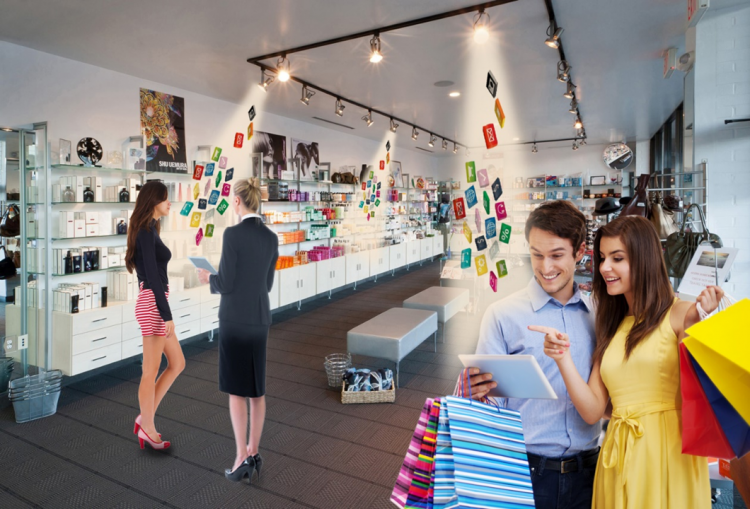Retail Leaders Focus Investment in Online and Fulfillment to Drive Omnichannel Ambitions

The recent holiday season has demonstrated that omnichannel retail is a trend that is here to stay and is growing rapidly in importance for brick-and-mortar retailers.
This rising demand for a personalized and seamless experience across all channels creates additional complexities for retailers, but technology integration is the only way to meet the omnichannel fulfillment expectations, and it is a necessity retailers can’t afford to postpone it any longer.
As mentioned in a previous post, the use of online promotions has grown inexorably as retailers learn to leverage online promotions to drive sales to their stores, or vice versa.
According to data from the National Retail Federation, holiday retail sales during November and December increased 4 percent over 2015 to $658.3 billion, including $122.9 billion in non-store sales, up 12.6 percent over the year before.
While 94 percent of all retail sales still took place in stores, the growth rate of e-commerce outpaced the growth rate of in-store sales significantly, and without the contribution of their online channels, many retailers would have experienced stagnant growth – or indeed, might have seen sales slump.
UK department store John Lewis found 40 percent of their holiday sales came from online channels and plans to redirect its investments to boost the potential of these channels in 2017. Rival Marks & Spencer will also be investing £350m in mobile apps, better websites and logistics over the next five years.
Getting it Right: Omnichannel Fulfillment Options
It is clear that retailers that have shown the most growth in 2016 have been helped considerably by their investments in omnichannel strategies, but many retailers are still struggling to get it right. This recent study suggests that two thirds of shoppers think the Buy Online, Pick-up in Store (BOPIS) process still needs improvement.
Physical retailers can benefit significantly by actively encouraging custmers to use new fulfillment options such as BOPIS as well as other innovative delivery choices such as pick-up lockers in railway stations or even drones.
Increasingly, consumers are buying a product online with the intent of picking it up or trying it on in-store. So, BOPIS is one way retailers can bridge the gap between online and offline, allow customers (and retailers) to save on shipping costs and avoid having to wait for delivery. Not only does BOPIS offer the opportunity to improve customer satisfaction, but also the chance for additional in-store purchases at the physical store upon pick-up.
The growth of online shopping also means that, like it or not, the number of product returns will increase. So retailers must be prepared to handle reverse logistics and multidirectional inventory flows. Labor duplication and extra costs can mount up quickly if transport and inventory movements for returns and deliveries cannot be optimized.
The Legacy IT Hurdle
Switching to a new retail management system may be daunting for many mid-sized retailers. Out of 500 retailers interviewed in one recent survey, nearly a third named legacy systems as their biggest obstacle.
Fortunately, today’s integrated retail IT solutions such as Openbravo Commerce Suite allow retailers to leverage legacy IT and hardware investments. Once retailers have integrated their business operations, they will be able to embrace the potential for non-traditional retail formats and omnichannel fulfillment starting in 2017.
If you are interested finding out more about the opportunities and potential of omnichannel fulfillment for retailers, you can watch Openbravo’s webinar on Innovative Logistics Strategies for Omnichannel Fulfillment



